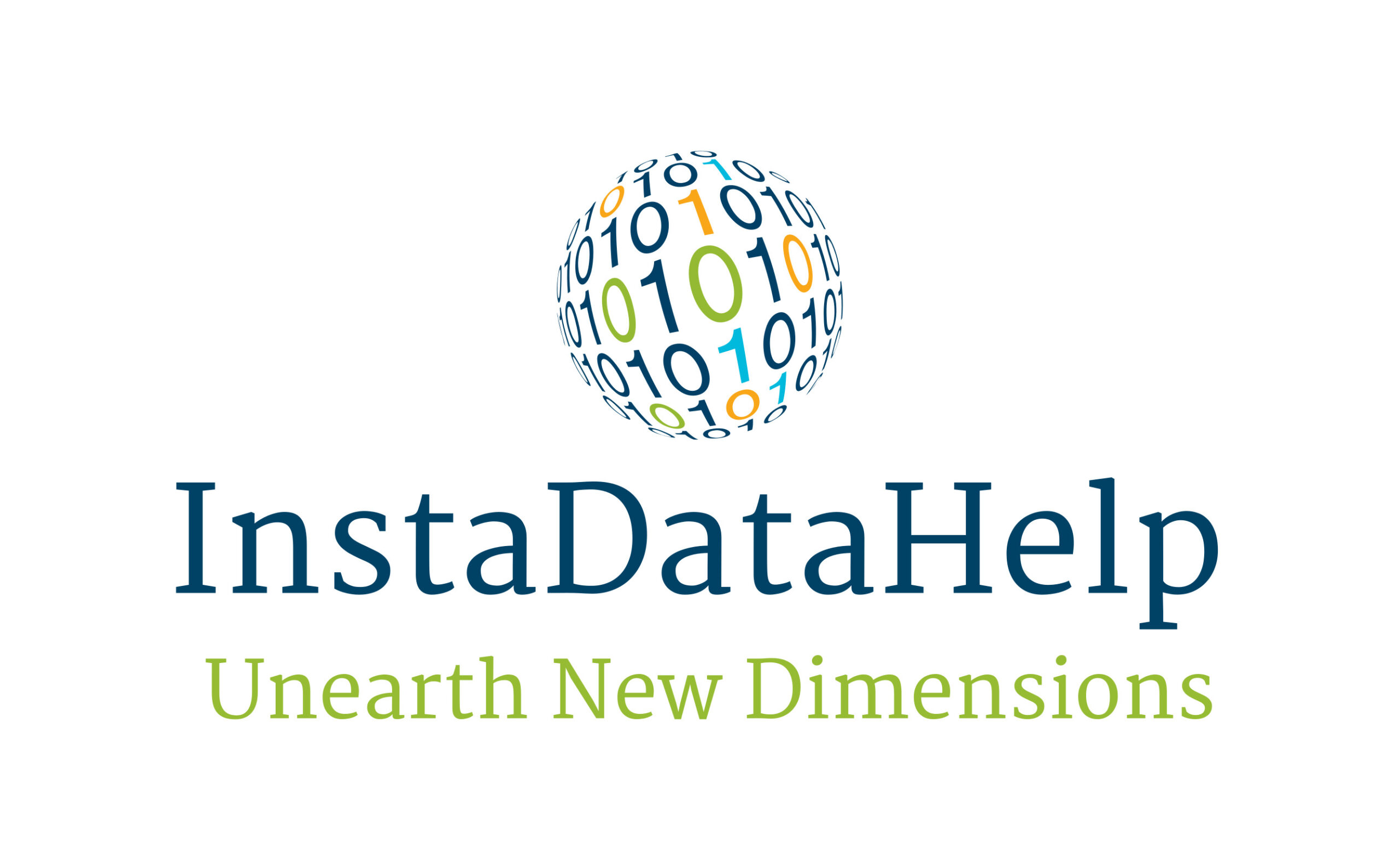Lost in Translation? Not Anymore: The Rise of Machine Translation
Introduction
Language barriers have long been a hindrance to effective communication and global collaboration. However, with the advent of machine translation, the world is witnessing a revolutionary change in the way languages are understood and translated. Machine translation, often referred to as MT, is the automated translation of text or speech from one language to another using computer algorithms. This article explores the evolution of machine translation, its advantages and limitations, and the impact it has on various industries.
Evolution of Machine Translation
The concept of machine translation dates back to the mid-20th century when researchers began experimenting with computers to translate languages. The early attempts were based on rule-based systems, where linguists manually created sets of rules to convert words and phrases from one language to another. However, these systems were limited in their ability to handle the complexity and nuances of language, resulting in inaccurate translations.
With the advancements in computing power and the availability of large amounts of multilingual data, statistical machine translation (SMT) emerged as a more promising approach. SMT relies on statistical models that learn from vast amounts of bilingual texts to generate translations. This approach proved to be more effective, but it still had its limitations, especially when dealing with languages with different sentence structures or idiomatic expressions.
The recent breakthrough in machine learning and artificial intelligence has paved the way for neural machine translation (NMT). NMT utilizes deep learning algorithms to train neural networks that can understand and generate translations at a more human-like level. This approach has significantly improved the quality and accuracy of machine translations, making them more reliable and usable in various contexts.
Advantages of Machine Translation
Machine translation offers several advantages over traditional human translation, making it an attractive option for businesses, individuals, and even governments. Firstly, machine translation is much faster than human translation. With the ability to process vast amounts of text in seconds, machine translation can save valuable time and resources, especially when dealing with large volumes of content.
Secondly, machine translation is cost-effective. Hiring professional human translators can be expensive, especially for businesses that require frequent translations. Machine translation eliminates the need for human translators, reducing costs significantly.
Furthermore, machine translation is available 24/7, allowing users to access translations at any time. This is particularly beneficial for businesses operating in different time zones or individuals traveling to foreign countries.
Limitations and Challenges
Despite its advancements, machine translation still faces several limitations and challenges. One of the major challenges is the accuracy of translations. While NMT has improved the quality of translations, it is still not perfect. Machine translation often struggles with idiomatic expressions, cultural nuances, and context-dependent meanings, resulting in inaccurate or misleading translations.
Another limitation is the lack of domain-specific knowledge. Machine translation systems often struggle with specialized terminology used in technical, legal, or medical fields. This can lead to mistranslations or misinterpretations, which can be critical in certain contexts.
Additionally, machine translation can be affected by bias. Since the algorithms learn from existing data, they can inadvertently perpetuate biases present in the training data. This can lead to translations that reinforce stereotypes or discriminatory language, which is a concern for ethical and inclusive communication.
Impact on Industries
The rise of machine translation has had a significant impact on various industries. In the tourism and hospitality industry, machine translation has made it easier for travelers to communicate and navigate foreign countries. Mobile translation apps and devices have become essential tools for tourists, allowing them to translate signs, menus, and conversations in real-time.
In the e-commerce industry, machine translation has enabled businesses to expand their reach to international markets. By translating product descriptions and customer reviews, businesses can cater to a global audience and increase sales.
Machine translation has also transformed the customer support industry. Chatbots and virtual assistants equipped with machine translation capabilities can provide instant support to customers in their preferred language, improving customer satisfaction and reducing response times.
Conclusion
Machine translation has come a long way from its early rule-based systems to the current state-of-the-art neural machine translation. While it still has its limitations, the advancements in technology have made machine translation a powerful tool for overcoming language barriers. As the world becomes increasingly interconnected, machine translation will continue to play a vital role in facilitating communication and fostering global collaboration. However, it is important to recognize its limitations and use it as a complement to human translation, ensuring accurate and culturally sensitive translations.




Recent Comments